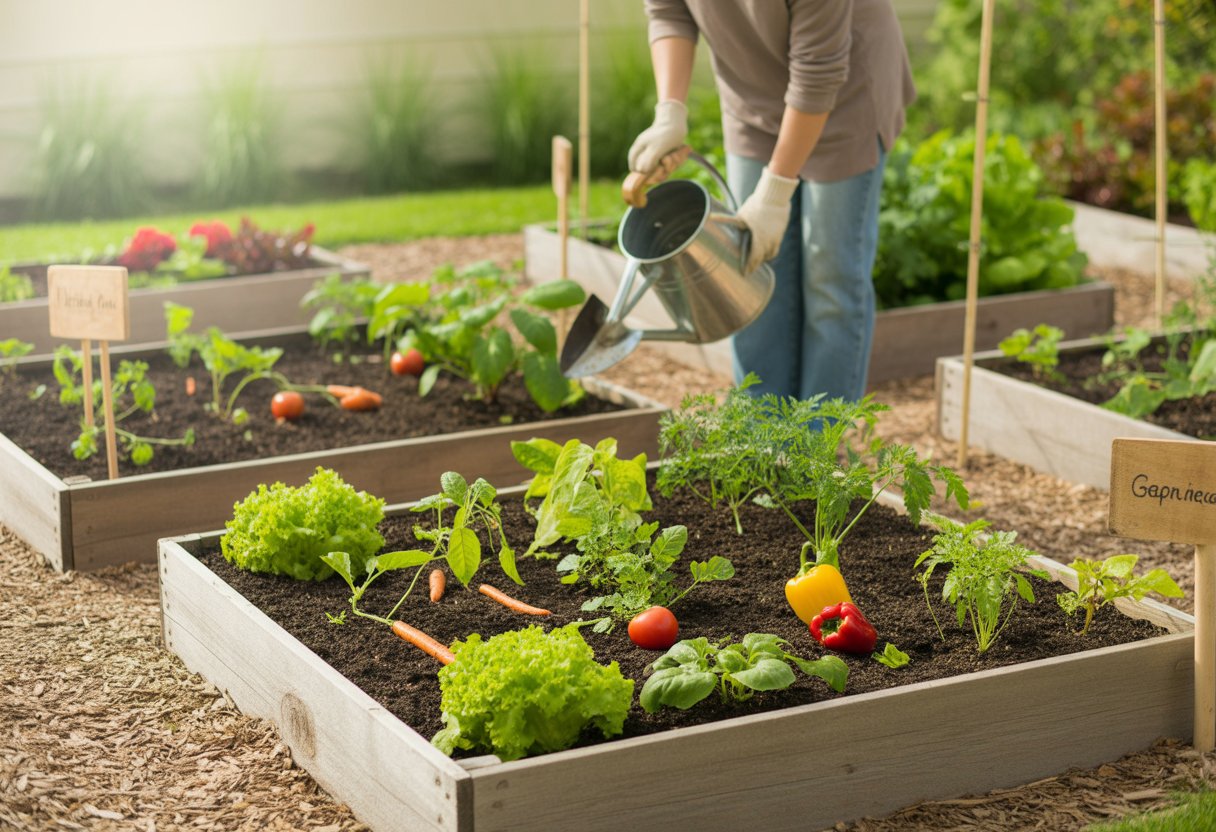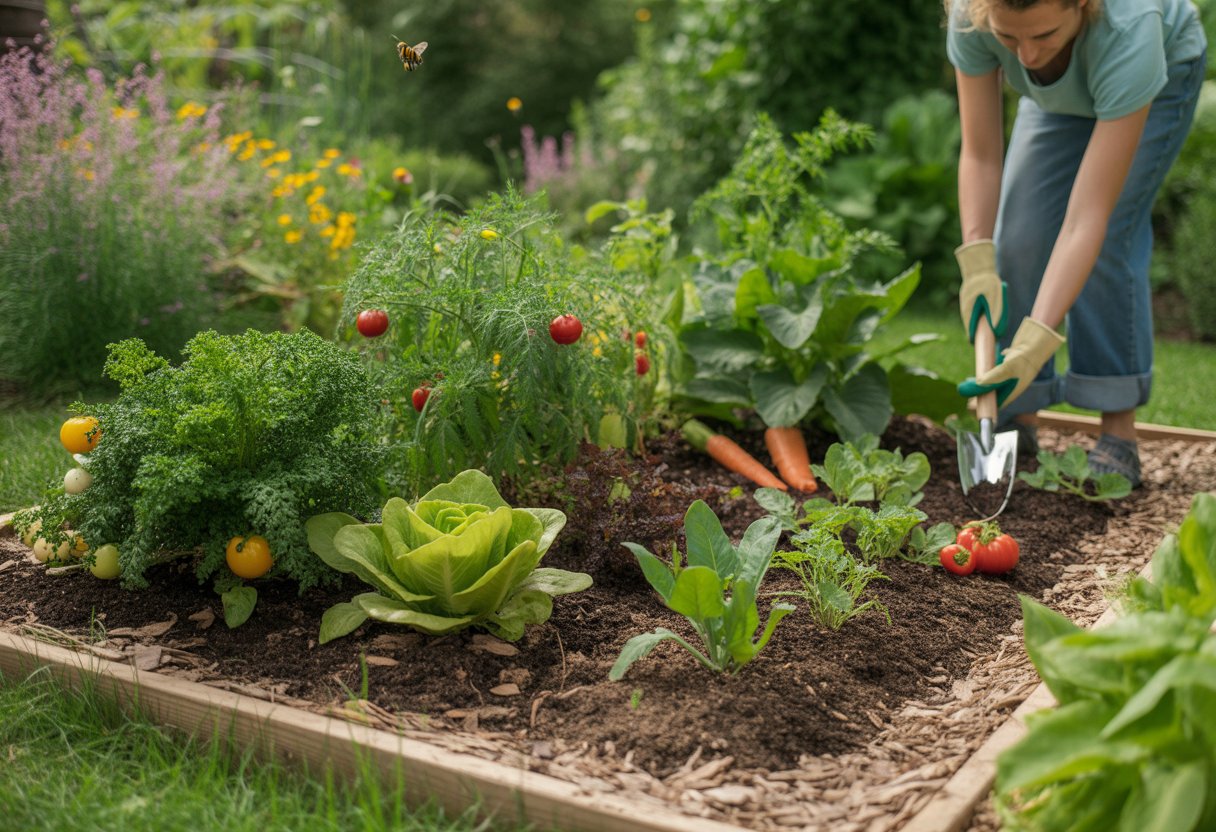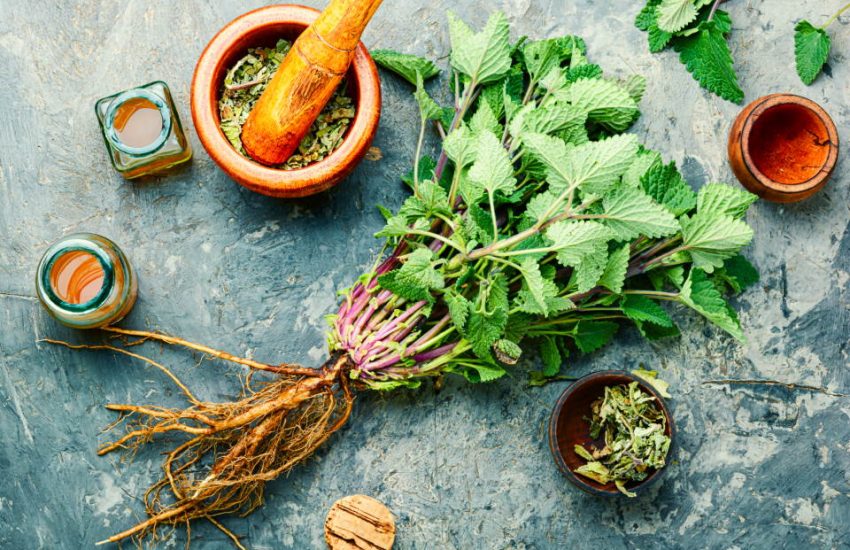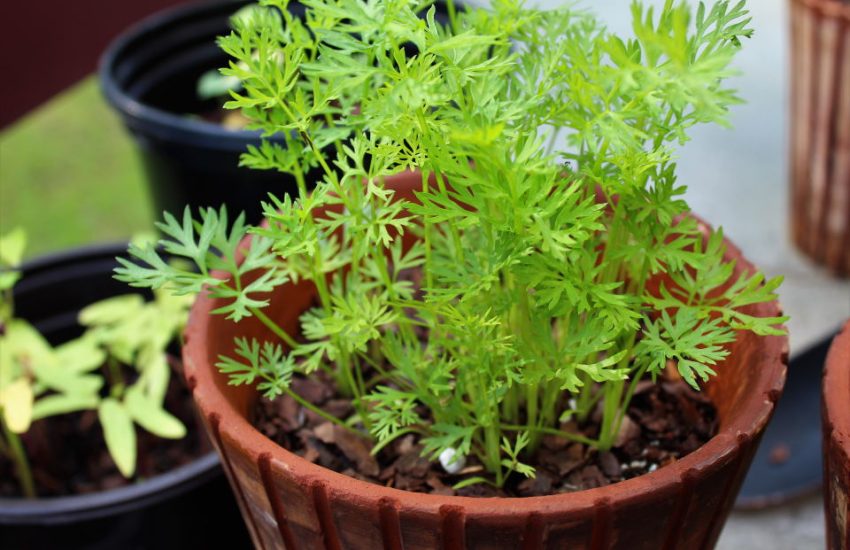Organic Vegetable Gardening for Beginners: Essential Tips for a Thriving Garden
Organic vegetable gardening is a practical way to grow fresh, healthy produce without synthetic chemicals. It focuses on nurturing soil health and using natural methods to protect plants.
For beginners, the key to a successful organic vegetable garden lies in choosing the right soil, seeds, and natural pest control techniques.

Starting an organic vegetable garden means learning some basics and sticking with sustainable practices. You can make it work just about anywhere, from a backyard plot to a few pots on a balcony.
This approach supports plant growth and helps keep nature in balance. Plus, it’s a great way to feel more connected to your food.
Getting Started With Organic Vegetable Gardening
To get a productive garden going, start with careful planning. Choose seeds and plants that make sense for your space, and think about why organic methods might actually be worth the extra effort.
Planning Your Organic Vegetable Garden
First, pick a spot that gets at least six hours of direct sunlight a day. Sun really makes a difference.
Check your soil quality. Test the pH and nutrient levels so you know what you’re working with.
Plan where each crop will go, keeping enough space for growth. Companion planting can help with pests and soil health, so it’s worth looking into.
Figure out your layout—rows and raised beds make maintenance way easier. Don’t forget about water: make sure you have decent drainage and consider drip irrigation to save water and keep leaves dry.
Mix in some organic compost before planting. This step boosts fertility and gives seeds a better start.
Choosing Organic Seeds and Starter Plants
Go for certified organic seeds to avoid synthetic chemicals. They’re often bred for organic conditions, which helps.
Seed catalogs and local nurseries usually carry good options. If you prefer starter plants, pick ones grown organically—they won’t have been treated with pesticides or chemical fertilizers.
Transplanting these can reduce stress on young plants. Look for disease-resistant and local varieties; they’re less likely to struggle.
Heirloom seeds offer more genetic variety, though they sometimes need a bit more attention than hybrids.
Understanding the Benefits of Organic Gardening
Organic gardening builds soil health by encouraging helpful microbes and keeping chemicals out. That’s better for your veggies and the environment.
Veggies from organic gardens often pack more nutrients because the soil’s in better shape. You also avoid a lot of the pesticide residue you’d get from conventional gardening.
This style of gardening boosts biodiversity, so pollinators and pest-eating insects stick around. That means less need for chemical sprays and a healthier ecosystem overall.
Building and Maintaining Healthy Soil
Good soil is the heart of organic vegetable gardening. You’ll need to know what’s in your soil, add organic matter, and keep those beneficial microbes happy.
Soil Testing and Amendments
Test your soil to check pH, nutrients, and texture. Most veggies like a pH between 6.0 and 7.0.
Soil tests show if you’re short on nitrogen, phosphorus, potassium, or trace minerals. Based on the results, add lime to raise pH or sulfur to lower it.
Gypsum can help drainage without changing pH. Work amendments in before planting so they have time to do their thing.
Composting and Organic Matter
Compost is gold for gardeners. It holds nutrients and water, and it makes clay soil softer while helping sandy soil hold moisture.
Add compost regularly to feed soil microbes. Try to mix it into the top 6–8 inches of soil each year.
Use well-aged, disease-free compost to avoid bringing in problems. This keeps your soil fertile over the long haul.
Improving Soil Health and Microbial Life
Healthy soil is alive with microbes that turn organic matter into plant food. Rotate crops, plant cover crops, and skip synthetic chemicals to keep those microbes thriving.
Keep the soil moist but not soggy—microbes need both water and air. Less tilling and giving the soil some rest between crops also helps build up life underground.
Choosing Organic Fertilizers and Minerals
Organic fertilizers come from natural sources like bone meal, blood meal, kelp, and rock phosphate. They feed plants slowly, so you’re less likely to burn roots.
If your soil test shows you’re missing minerals like calcium or iron, add them as needed. Stick with certified organic products and avoid anything with synthetic additives.
Don’t overdo it—apply only what your soil and plants actually need. That way, you get healthy growth without waste.
Garden Design, Planting, And Maintenance

A thoughtful garden design and regular upkeep make all the difference. The way you set things up, care for the soil, and deal with pests has a big impact on your harvest.
If you pay attention to layout, protect your soil, and plan your crops, your garden is much more likely to keep going strong.
Selecting Raised Beds and Greenhouse Options
Raised beds help with drainage and warm up quicker in spring. Your plants’ roots will thank you.
They also keep soil from getting compacted and make it easier to control soil quality. Use untreated cedar or composite wood—they last longer and are safe for organic gardens.
Beds that are 8 to 12 inches deep work for most veggies. If you want to extend your season, greenhouses or simple hoop houses can help.
Hoop houses and cold frames are affordable for beginners. They keep temps steady and let you start planting earlier, but make sure you have good airflow to avoid mold.
Mulching and Weed Management
Mulch keeps soil moist, stops erosion, and chokes out weeds by blocking sunlight. Straw, shredded leaves, or grass clippings work well and break down to feed the soil.
Aim for a 2-3 inch layer. It’s enough to hold moisture and still let air in.
Pull weeds early before they set seed. Hand-pulling is usually easiest, but you can use a hoe to slice off young weeds without disturbing your veggies.
Check for weeds often so they don’t get out of control. Staying on top of it saves you work later.
Implementing Crop Rotation and Companion Planting
Crop rotation keeps soil healthy and confuses pests. Group similar veggies together and move them each year.
For example, plant beans (legumes) one year, then leafy greens the next. Legumes add nitrogen, so heavy feeders like tomatoes or cabbage do better after them.
Companion planting means putting plants together that help each other out. Tomatoes and basil? Classic combo—basil can help with pests and even improve flavor.
Onions keep aphids away from carrots. Pairing the right plants can cut down on pests and make the most of your space.
| Crop Family | Example | Follow with | Benefits |
|---|---|---|---|
| Legumes | Beans, Peas | Leafy Greens | Adds nitrogen to soil |
| Nightshades | Tomato, Pepper | Brassicas (Cabbage) | Breaks pest/disease cycles |
| Brassicas | Cabbage, Kale | Root Crops (Carrot) | Reduces soil nutrient overlap |
Row Covers and Organic Pest Management
Row covers act as shields against bugs and frost. Lightweight fabric lets sun, air, and water in but keeps pests out.
They’re reusable and great for young plants or low-growing crops. For pests, think about the big picture.
Encourage helpful bugs like ladybugs and lacewings—they’ll eat aphids for you. If things get out of hand, neem oil or insecticidal soap can help and won’t wreck your soil.
Keep your garden clean by removing sick plants quickly. Check plants daily so you catch problems before they get serious.
Supporting a Healthy Ecosystem

A lively organic garden needs a balance between plants, bugs, and the soil itself. The right care brings natural pest control, stronger plants, and steady growth—without synthetic chemicals.
Encouraging Pollinators and Beneficial Insects
Bees, butterflies, and hummingbirds are vital for pollinating your veggies. Attract them by growing a mix of flowers like lavender, sunflowers, and native wildflowers that bloom throughout the season.
Ladybugs, lacewings, and certain wasps eat pests naturally. Skip broad-spectrum pesticides and give these good bugs places to live—mulch piles or a bit of brush works.
Commercial fertilizers like Miracle-Gro aren’t great for organic gardens. They can harm soil life and drive away helpful insects.
Instead, stick with compost and organic amendments. They feed your soil and keep the ecosystem balanced.
Identifying and Managing Diseases Organically
Spotting disease early makes a huge difference. If you see powdery mildew or blight, try spacing and pruning plants to let air flow through.
Prevent problems by rotating crops and choosing resistant varieties. If you need to spray, go for organic options like neem oil or copper fungicides.
Keep things tidy. Remove sick plant debris to cut down on disease sources.
Water at the base of plants instead of overhead to avoid fungal issues. Too much moisture on leaves just invites trouble.
Understanding Organic Certification and Standards
The National Organic Program (NOP) sets the rules for organic gardening. They want gardeners to skip synthetic pesticides, fertilizers, and GMOs.
If you’re after certification, you’ll need to document your practices. Keeping soil healthy with natural methods is a must.
The NOP only allows certain approved substances. For example, Miracle-Gro doesn’t make the cut because it uses synthetic nitrogen.
Fertilizers need to come from natural materials instead. That’s non-negotiable for organic status.
You’ll also want to track where your seeds come from and how you handle pests. Recording soil amendments matters, too.
This kind of transparency helps keep organic labeling honest. It’s a bit of work, but it supports a trustworthy ecosystem for your veggies.


